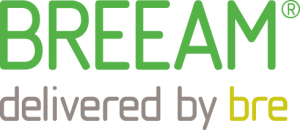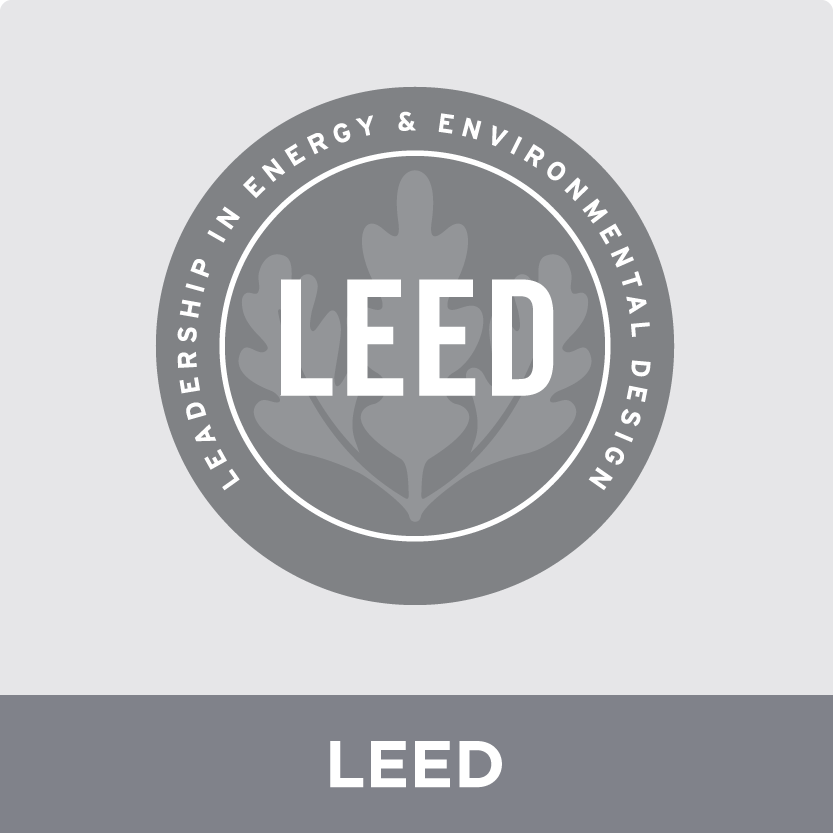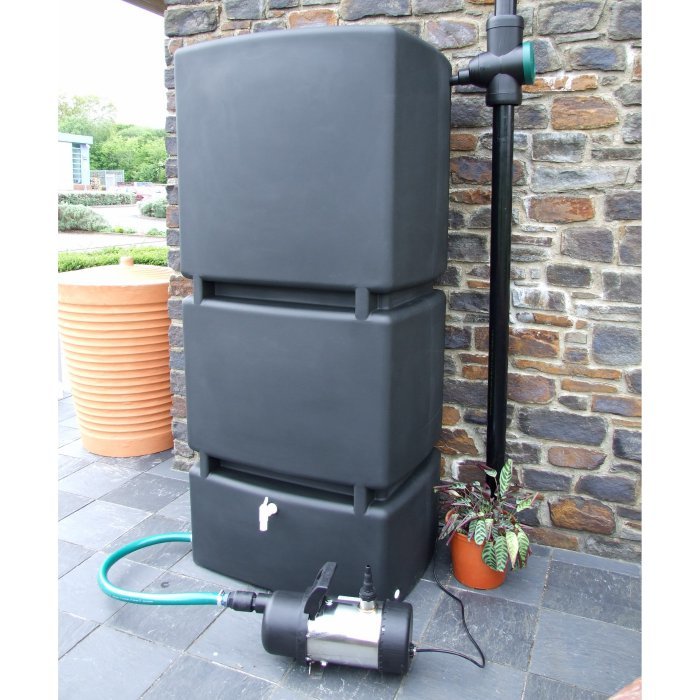
Can Sustainable Building Certification Go Further For Water Efficiency?
Posted on: December 2018John Gallagher, Trinity College Dublin
Can Sustainable Building Certification go further for Water Efficiency?
| About the author: Dr Gallagher is Assistant Professor in Environmental Systems Modelling in the School of Engineering in Trinity College Dublin in Ireland and is an Honorary Lecturer at Bangor University in Wales. His research expertise focuses upon the delivery of innovative solutions to current environmental and energy challenges. John’s approach to research problems is from the 3M perspective (Measurement, Modelling and Mitigation), and use his experience in life cycle assessment and the circular economy to generate low-carbon and resource efficient conclusions without negative consequences. |
|
For the last number of years, sustainability certifications such as BREEAM from the UK, or LEED and WELL from the U.S., are now a default requirement for any new building project. To receive such a certificate from one of these organisations, it validates that specific sustainability criteria have been delivered in its construction.
These certifications are based on the cumulative score from the range of measures implemented, ranging from the more obvious such as ‘energy’ or ‘transport’, to those less obvious like ‘health and wellbeing’ or ‘land use and ecology’. And for each of these certifications, ‘water’ also features as a category in respective scorecards.


What value does certification place on water?
Taking the three aforementioned methods of certification, it is first worth considering what score or value that water receives. For the water-specific category, the scores were as follows: 6% for BREEAM, 8% for WELL and 11% for LEED. Yet areas like the management of rainwater, active monitoring and water innovations present some discrepancies between direct scores and indirect achievements.
This creates a challenge in assessing the true impact of sustainability certification on water efficiency in buildings. And in 2018, do these fixed scoring systems go far enough for water?
Water efficiency in buildings
There is no shortage of new and more efficient water consuming products, ranging from smart taps to low flow toilets and everything in between. Taking BREAAM as a familiar and local example to the UK, gaining the majority of credits, 5 out of 6 points, relates to the baseline specifications for different products.
Yet only one credit, the final point, is awarded to water monitoring. In terms of the operational water consumption in a building, it is this factor that can play a bigger role in delivering efficiency. As such, it is this action that can ensure that water efficiency is more than a goal, but a reality that is supported by quantitative evidence.
Offsetting demand with rainwater harvesting
In the certification process, rainwater harvesting is an accepted method for offsetting the demand of potable water requirements in a building. Therefore, in parallel with installing water efficient products, this option provides a solution to gain additional points and help meet the top ‘outstanding’ (BREEAM) or ‘platinum’ (LEED) ratings.
In some instances, the economics for rainwater harvesting doesn’t stand up. As such, it is not always a preferred option for an additional point or two, when the threshold can be met through other means. Therefore, if it received a higher score in the certification for a sustainable building, it would support a stronger financial case for this technology and its implementation in more buildings.
It is very important that rainwater, a natural resource, is used efficiently, therefore the value of water saving technologies should not be understated. Methods for saving and offsetting water consumption are equally valuable, but equality in this realm is difficult to achieve when one is valued more than the other on a scorecard.
Should certification really be standardised around the world?
Renewable energy sources and rainwater harvesting are two items that commonly feature across the different certifications. When it comes to renewable energy sources in buildings, a rooftop installation of solar PV features in many of the buildings receiving certification. But for rainwater harvesting, it can be sacrificed by being excess to requirements.
In a typical urban setting in the UK, the adoption of both these technologies, solar PV or rainwater harvesting, should be seriously considered. Both technologies capture natural resources, transforming the rays of the sun into energy, and capturing water droplets falling from the sky and redirecting them to flow through a building.
It is on this point, that the question arises: if a building is in a location with high rainfall and low sunshine as opposed to a location with low rainfall and high sunshine, can the case for both technologies be the same? The certification would be the same for two buildings in very different environments as they incorporate the same technologies, but the performance of these technologies over the operational life cycle of the building would be completely different.
Accounting for the knock-on effects
The perceived value of water as opposed to energy drives the preference to offset energy as opposed to water in some cases. The impact of climate change presents a level of uncertainty to both the supply and demand of energy and water, as changing weather patterns will affect the performance of solar PV and rainwater harvesting.
Looking into this future, how is the cost of both these vital resources going to pan out? Do new certified buildings provide the space and infrastructure to integrate some of these technologies in ten years’ time, ensuring the building has the capacity to be responsive to change and there is scope for continuous improvement.
Where is the value?
When it comes to rainwater harvesting, and indeed solar PV for that matter, we don’t put a value on the rainwater or the sunlight itself, we consider the value of the potable water or grid energy it offsets.
Alternatively let’s place a value on these natural resources; a cost we should give back to the natural environment as we import water from what is otherwise considered as a free source.
For a farmer, rainwater is key to the economic success of their business, otherwise irrigation is required at a cost. The same can be said for a building.
This leads me to the conclusion that each raindrop has a value, we just haven’t put a price on it (yet). Why, you may ask, because who owns the rain?



